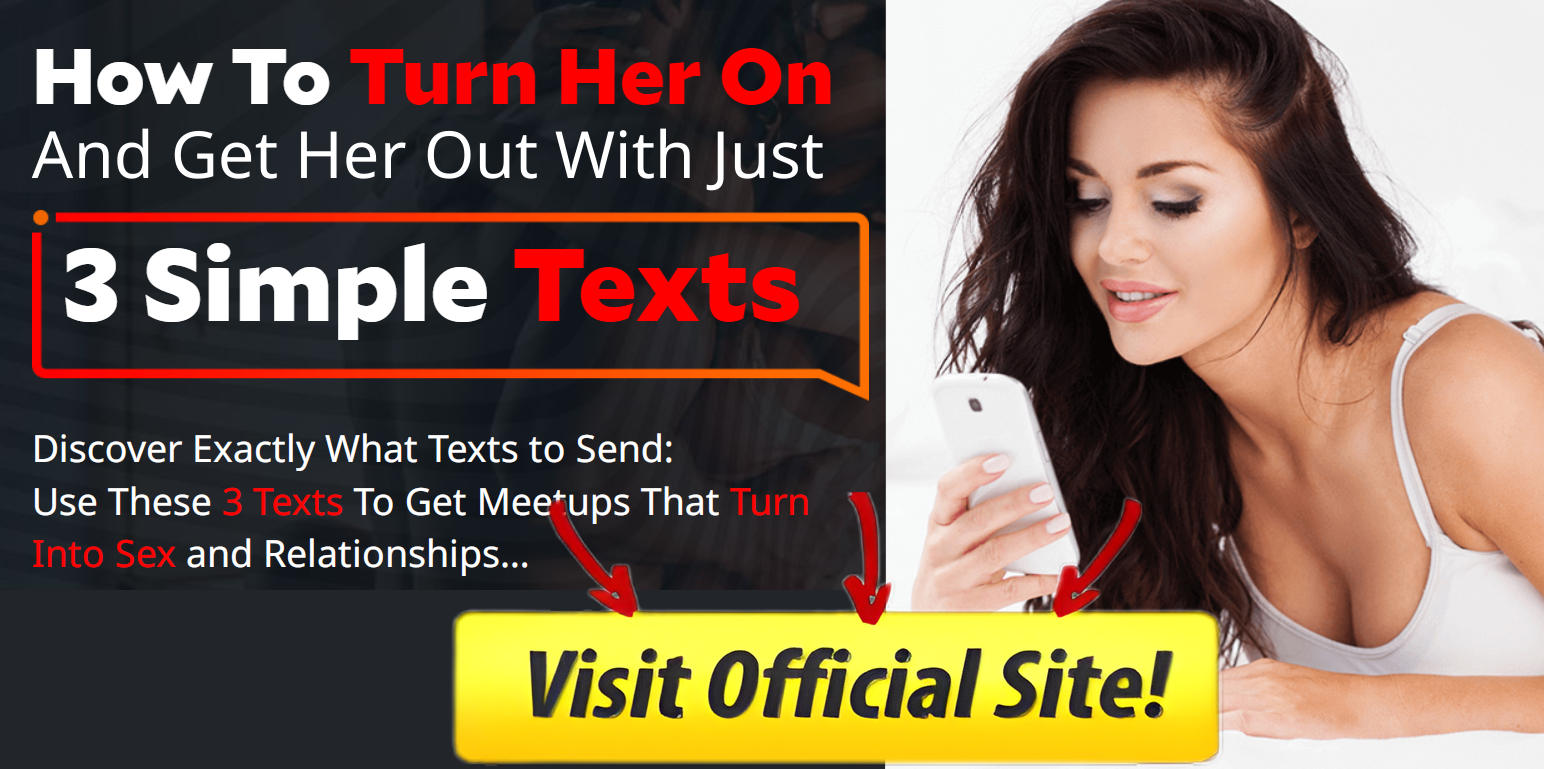What does “Magnetic Messaging by Bobby Rio and Rob Judge” say about the importance of setting up the next date?
“Magnetic Messaging” by Bobby Rio and Rob Judge emphasizes the importance of setting up the next date as a crucial step in progressing from texting to a real-life connection. The program highlights that while texting can be a great tool for building attraction and rapport, the ultimate goal is to move the interaction off the screen and into the real world. Setting up the next date effectively is key to advancing the relationship and ensuring that the momentum you’ve built through texting translates into a face-to-face meeting. Here’s what “Magnetic Messaging” says about this process:
1. Texting Should Lead to Real-Life Interaction
- Why It’s Important: The main purpose of texting, according to “Magnetic Messaging,” is to create enough interest and attraction to set up a real-life date. Texting alone is not the end goal; it’s a means to an end. If the conversation lingers in texting for too long without moving to a face-to-face meeting, the connection can lose its momentum and fizzle out.
- How to Do It: Once you’ve built some rapport and a comfortable level of interaction through texting, it’s important to transition to suggesting a date. This shows confidence and a clear intent to take the relationship to the next level.
Example: After a fun or engaging text exchange, you might say, “This has been fun—let’s continue the conversation over coffee. How’s Saturday?”
2. Timing Is Key
- Why It’s Important: Timing plays a crucial role in when and how you suggest the next date. Bringing it up too soon can come across as too forward, while waiting too long might lead to missed opportunities or lost interest.
- How to Do It: The program suggests waiting until you’ve established a good rapport and there’s clear mutual interest before proposing a date. The conversation should be flowing naturally, with some level of comfort and flirtation, indicating that both parties are enjoying the interaction.
Example: If you’ve had several positive exchanges and the conversation is going well, you could say, “I’m really enjoying this—how about we grab a drink sometime this week?”
3. Be Clear and Confident
- Why It’s Important: When setting up a date, clarity and confidence are essential. A vague or hesitant invitation can lead to confusion or make you seem unsure, which can reduce attraction.
- How to Do It: Make your invitation clear and straightforward. Specify a time and place, and present it as something you’re excited about. This shows that you’re confident and know what you want, which is attractive.
Example: Instead of saying, “Maybe we could hang out sometime?” try, “Let’s meet at [specific place] on [specific day] at [specific time]—what do you think?”
4. Offer a Specific Plan but Be Open to Adjustments
- Why It’s Important: Offering a specific plan shows that you’re decisive and have put thought into the date, but being open to adjustments shows flexibility and consideration for the other person’s preferences.
- How to Do It: Suggest a specific activity or venue, but also ask for their input or be willing to adjust if they have a different idea. This approach balances confidence with respect for their preferences.
Example: “How about we check out that new art gallery on Friday evening? Or if you have a different idea, I’m all ears!”
5. Keep It Light and Fun
- Why It’s Important: The tone of your invitation should be light and fun to maintain the playful energy you’ve established through texting. This reduces any pressure or tension around the date, making it more likely that they’ll say yes.
- How to Do It: Frame the date as a fun and casual opportunity to hang out, rather than a serious or high-stakes event. This keeps the mood light and makes the idea of meeting up more appealing.
Example: “You seem like a fun person to hang out with—let’s see if you’re as cool in person as you are over text. How about Thursday?”
6. Follow Up but Don’t Overdo It
- Why It’s Important: Following up on the date plans shows that you’re organized and considerate, but overdoing it can make you seem anxious or overly eager. It’s important to strike the right balance.
- How to Do It: After agreeing on a date, a simple confirmation message closer to the time is usually sufficient. Avoid bombarding them with too many follow-up texts, which could come across as needy.
Example: The day before the date, you might send a text like, “Looking forward to tomorrow! We’re still on for 7 PM, right?”
7. Handle Rejections or Reschedules Gracefully
- Why It’s Important: Not every invitation will be accepted, and sometimes plans may need to be rescheduled. How you handle these situations can significantly impact your attractiveness and the potential for future interactions.
- How to Do It: If they can’t make it or need to reschedule, respond gracefully and suggest an alternative plan. This shows that you’re understanding and flexible, which is appealing.
Example: If they say they’re busy, you could reply, “No worries! Let me know when you’re free, and we’ll make it happen.”
Conclusion
“Magnetic Messaging” by Bobby Rio and Rob Judge highlights the importance of setting up the next date as a crucial step in moving from texting to a real-life connection. The program emphasizes being clear, confident, and timely in your invitation, while also keeping the tone light and fun. By offering a specific plan, being open to adjustments, and handling rejections or reschedules with grace, you increase the chances of turning your texting interaction into a successful and enjoyable date. Ultimately, the goal is to transition from digital communication to in-person interaction, where a deeper connection can be built.

